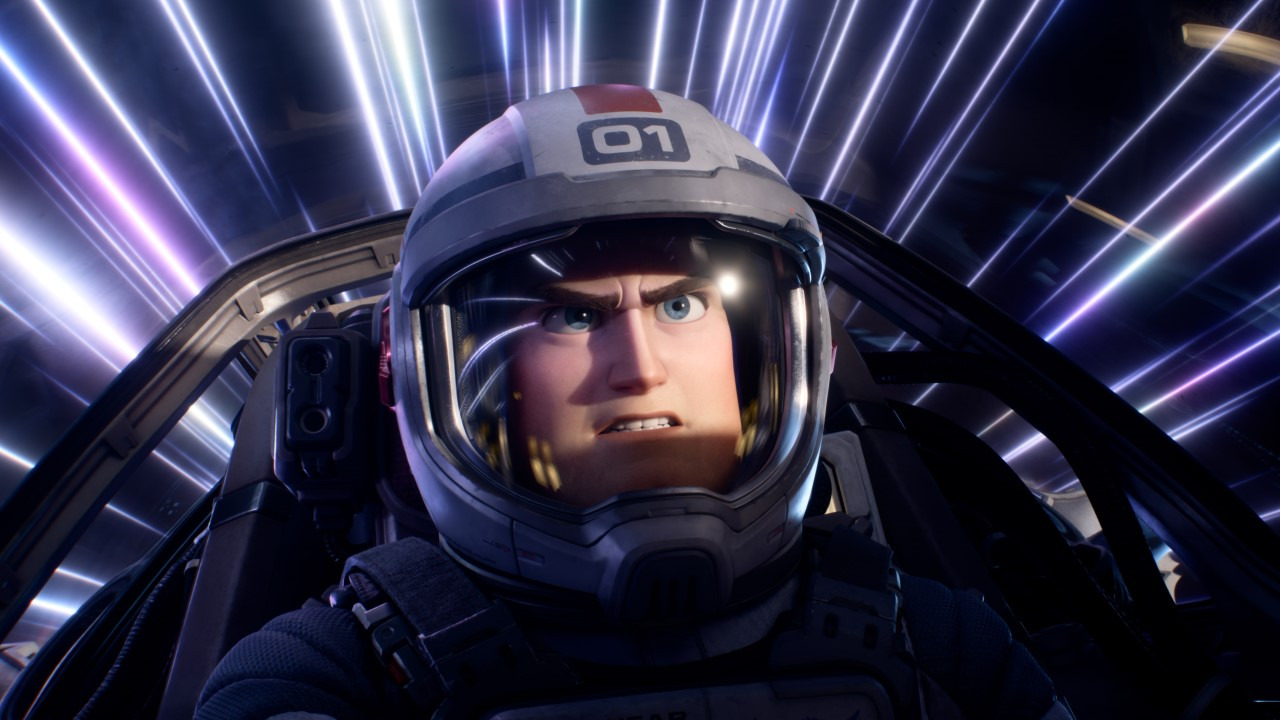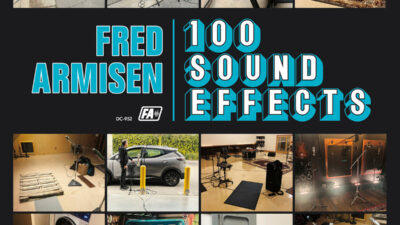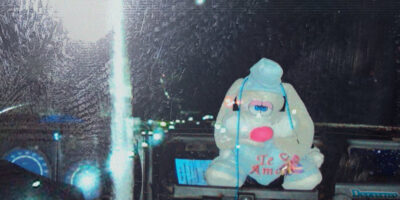The premise of LIGHTYEAR seemed unique enough to compel me to the earliest possible screening, which is no small feat. While the meta premise of a movie within the TOY STORY world is somehow too confusing for audiences online—audience who have required star Chris Evans and director Angus MacLane to re-explain the TOY STORY connection countless times, and not for nothing either, since LIGHTYEAR is both a stand-alone sci-fi adventure, as well as the origin of the character Buzz Lightyear that inspired the toy—those confounded viewers should be reassured that the movie is not that complicated. From the very beginning, LIGHTYEAR requires no prior context or homework to be seen. You don’t even have to know what a “toy story” or a “star war” is.
While the character Buzz Lightyear is known for the catchphrase “to infinity and beyond,” the movie itself, unfortunately, seems to have more down-to-Earth ambitions. Ironically, in a period of moviegoing where franchising and world-building rules, LIGHTYEAR’s scope is remarkably limited. What we’re promised is an adventure to the depths of deep space and all that we can imagine in the vast universe. What we’re given is a movie that, if you can believe it, is almost entirely restricted to a single planet. Considering I was genuinely hooked by the marketing of this one, I think the biggest let-down is how little the movie tries to reach out within its own universe.
The gist of it is that when we meet Buzz Lightyear, he’s a globe-trotting space ranger, but in the first few minutes, a mission grounds him and his team. He spends the rest of the movie trying to get back to his space traveling adventures, and rather than embarking on an exploration of all corners of the universe, the movie’s runtime is restricted to the planet he’s grounded on. To be fair, there are some interesting choices made beyond just the locale, but it still feels like a small canvas for such a worldly premise. The trailers had me thinking we’d meet young Buzz as a cadet, but in fact he’s already established from the get-go, given no backstory, and a loose objective to finish “the mission” and “go back home” without any embellishment.

There’s a weird parallel here to TOP GUN: MAVERICK, and you could sub out Maverick for Lightyear and the movies would be virtually identical. In both films, our hero is a rogue pilot from a near-defunct military subdivision who bucks orders from a superior officer to finish a mission thought to be impossible. At first he thinks he can do it alone, but he realizes he needs to work with the next generation, and ultimately becomes their mentor in an official capacity. So much for counterprogramming at the movies this summer.
If you can forgive the simple premise and protagonist, there is some entertainment to be had: the adventure itself is a familiar MacGuffin chase that successfully gives characters moments to grow, while tossing in dashes of action along the way. The standout character, to no surprise, is the cute cat Sox, who, like Dug in UP, provides needed comedic relief. Once I realized LIGHTYEAR’s limits, I had to enjoy what was on screen as best I could. I can remember a time when it felt like Pixar could not miss: the late 2000s run is still astounding. It was around this time that Pixar’s story engineering became something of a holy grail for screenwriting, and the highest achievement was to write a movie as well as Pixar does. But seeing a movie like LIGHTYEAR, which borrows generously from the storytelling devices that made Pixar so famous, it becomes obvious that great storytelling is not static. The elder statesmen of Pixar now have ingrained their method so firmly in its team (and within Disney itself) that, within these confines, it’s become increasingly difficult to tell something fresh. The villain of the movie, for example, is nearly identical to villains in UP, TOY STORY 2, and TOY STORY 3. If the movie had a more creative visual palette, a lot of the story conventions could be forgiven, but when that isn’t there, these tropes become painfully obvious. Formulas work, but they eventually get tired, and LIGHTYEAR embodies the fatigue.
I saw the movie with a packed theater of mostly families. There was a poster giveaway by a theater usher who on three occasions erroneously referred to the title of the movie as “Buzz Lightyear.” I wondered if the youngsters would eat this movie up and be inspired to buy their own Buzz action figures. And while there are some earned laughs and even a solid sentimental moment that gave me the feels (the Pixar formula at work), I have a hard time imagining this movie inspiring rewatches or sparking imagination. It feels neither as fun as a traditional Pixar fare, nor as exciting as a traditional sci-fi adventure. And there’s nothing offensive here (despite what Indonesia and fourteen other country censors think), but one has to dream of something a little more ambitious, a little more awe-inspiring. Interestingly, I was reminded that there was some precedent to this movie: the BUZZ LIGHTYEAR OF STAR COMMAND animated series and direct-to-video movie. What’s interesting is I can remember feeling more of a sense of wonder from these lower-budget serials than from this franchise-hopeful blockbuster. My hope for the future of the team at Pixar is not that they continue their formula, but they return to that spark that helped create the formula in the first place… and then like any great artist, try something new. Until then, we’ll have no choice but to stay grounded with the studio’s current trajectory.
















Comments